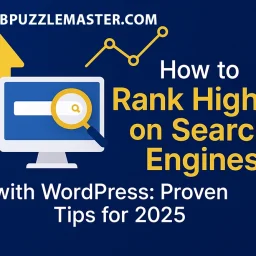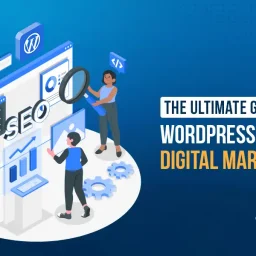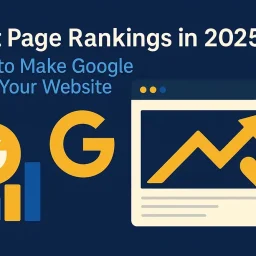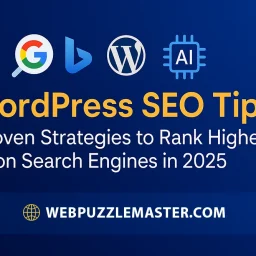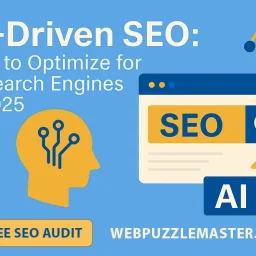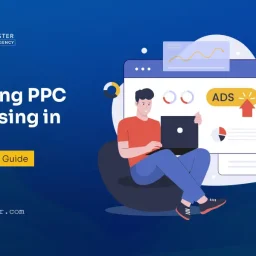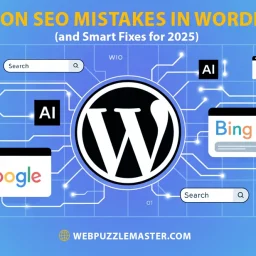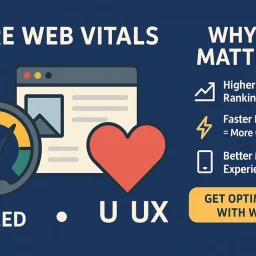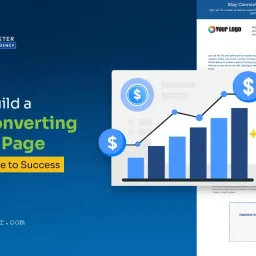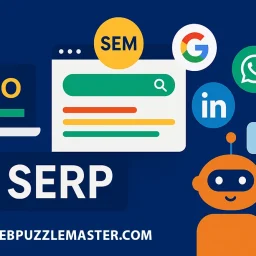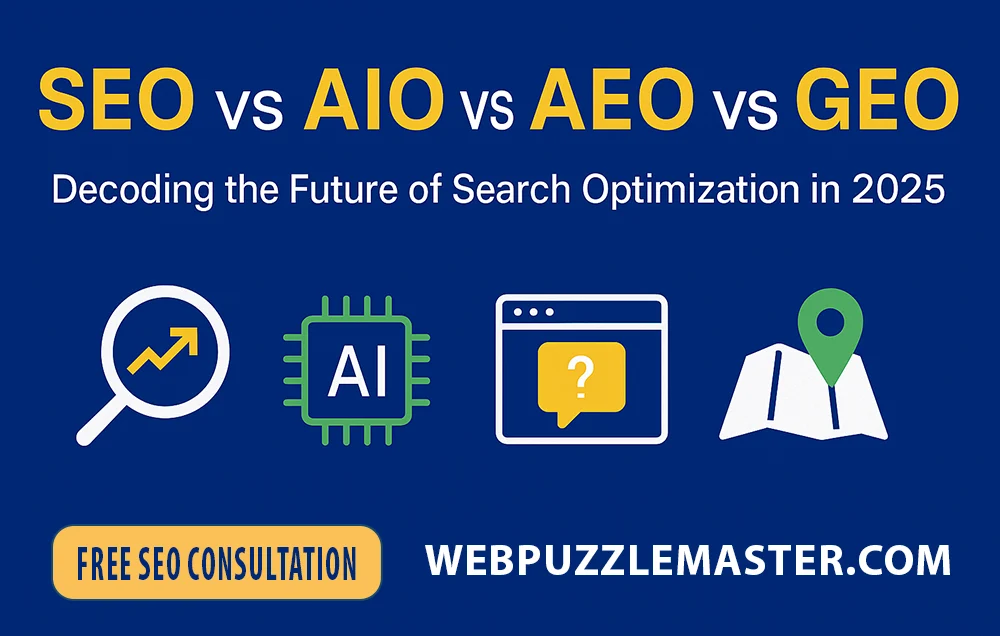
In today’s fast-evolving digital landscape, staying ahead means understanding more than just SEO. The search environment is being reshaped by powerful new paradigms: AIO (AI Optimization), AEO (Answer Engine Optimization), and GEO (Generative Engine Optimization). If you want your site to skyrocket to the top—and stay there—you need to optimize across all four. Let’s dive deep into each, clarify their differences, and arm you with a 2025-ready content strategy.
Key Takeaways
- SEO is still essential—but no longer enough on its own.
- AIO helps your content show up in AI-generated answers (SGE, Bing Chat).
- AEO gets you into snippets, voice search, and zero-click results.
- GEO optimizes your content for generative engines like Perplexity and You.com.
- You need a 4-in-1 strategy to win in 2025’s search landscape.
- Use AI tools, structured content, and E-E-A-T to stay competitive.
What Is SEO? (The Foundation)
SEO—Search Engine Optimization—remains ground zero for online visibility. Here’s what it covers:
- Keyword research & placement: Finding relevant terms and naturally weaving them into your content.
- Technical optimization: Fast load speeds, good UX, mobile responsiveness, clean site architecture, and secure HTTPS.
- On-page SEO: Title tags, meta descriptions, alt tags, internal linking—all structured for clarity.
- Off-page SEO: Quality backlinks, digital PR, social shares, and brand mentions.
- User experience: Low bounce, high dwell time, easy navigation—critically important since Google measures engagement.
In 2025, SEO isn’t just about matching keywords—it’s the baseline play. Your content must still be crawlable, fast-loading, well-coded, and relevant.
What Is AIO? (AI Optimization)
AIO stands for AI Optimization—gearing your content and website toward AI-powered search systems, including Google’s SGE, Bing Chat, and voice assistants.
Why it matters:
- Search engines now analyze context, semantics, and conversational flow, not just keywords.
- Results can be zero-click summaries, delivered in response boxes, or spoken out loud.
Key Tactics:
- Semantic Clustering: Group content by intent, not just surface-level keywords.
- Chat-Friendly Structure: Use FAQs, conversational phrasing, and logical flow.
- Structured Data: Employ FAQ schema, HowTo schema, Q&A—signals AI engines rely on.
- Answer CTAs: Include concise answer blocks (e.g., “In short…”), plus deeper explanations.
- Rich Formats: Videos, infographics, and audio media are a signal of trust and engagement.
AIO helps your content get noticed by AI systems and aids higher ranking via meaningful, structured, and conversational content.
What Is AEO? (Answer Engine Optimization)
AEO—Answer Engine Optimization—focuses entirely on being the answer. Instead of chasing rankings, you’re targeting visibility in featured snippets, voice snippets, and smart devices.
Focal Areas:
- Featured Snippets: Paragraphs, lists, and tables that precisely answer searcher questions.
- Position Zero: Aim to be the top-selected answer.
- Voice Search: Create clean, direct answers suitable for smart speakers.
- Conversational FAQs: Build content specifically answering “How do I…?”, “What is…?”, “Why…?”
Tactics:
- Question-first formatting: H2s like “What is an AEO strategy?”
- Concise answers: 40–60 words max provide clarity and match snippet criteria.
- Structured content: Use numbered, bulleted lists and tables for data-heavy responses.
- Accuracy checking: Ensure data is backed by reputable sources (citations, stats).
- Snippet auditing: Track which queries your site ranks in ‘snippets’ and optimize accordingly.
AEO is laser-focused on extracting visibility in results where no links are needed.
What Is GEO? (Generative Engine Optimization)
GEO—Generative Engine Optimization—is the cutting-edge strategy for generative AI content engines like Perplexity, You.com, and emerging open-source models.
These systems generate:
- Dynamic summaries
- Comparative tables
- Actionable guides
- Rich conversational replies
To show up in these spaces, your site must be recognized as a source of truth—structured, link-worthy, derivable.
Core GEO Tactics:
- Content modularization: Break topics into reusable sections that AI can pull from.
- Authoritativeness: Highlight E-E-A-T. Use author bios, credentials, and citations.
- Internal linking: Build a web of related sections; aids generative systems in building aggregated summaries.
- Topic scaffolding: Provide umbrella pages that complete sub-niche modules.
- Media & metadata: Use clear image captions, alt text, video metadata, transcripts.
GEO is about becoming one of the knowledge fragments these engines pull when they assemble answers.
SEO vs AIO vs AEO vs GEO: Side‑by‑Side Comparison
|
Aspect
|
SEO
|
AIO
|
AEO
|
GEO
|
| Aim | Visibility via ranking | Visibility in AI-driven feeds | Visibility via direct answers | Visibility in generative summaries |
| Optimization focus | Keywords, links, tech | Semantics, structure, convo | Snippet formatting, conciseness | Modular content, E‑E‑A‑T, metadata |
| Formats | Pages, blogs | FAQs, conversational content | Lists, tables, bullet answers | Modular sections, media, transcripts |
| Schema priority | Basic tags | FAQ/HowTo, Q&A schema | Same as AIO, emphasis on questions | Rich metadata, module IDs, transcripts |
| Measured by | Rankings, traffic | Engagement, AI slot inclusions | Snippet presence, voice response | AI engine pick-ups, generative mentions |
| Example signal | Keyword density, CTLDs | Query clustering & context | 50-word answer for snippet | Transcript inclusion, internal graph links |
Integrated 4‑in‑1 Strategy for 2025
Here’s a step-by-step plan to optimize across all four:
- Keyword + Intent Research: Use Semrush or Ahrefs for keyword volume + Perplexity for intent context.
- Semantic Outline Creation: Identify core topics, supporting questions, and media needs.
- Structured Author Pages: Add bios, credentials—build trust for generative engines.
- Write Layered Content:
- Intro summarizing user intent (AIO)
- FAQ section for topical questions (AEO)
- Use H2/H3 for modular subsections (GEO)
- Optimize on-page SEO throughout.
- Add Rich Media: Embed visuals with metadata, transcript audio/video.
- Apply Structured Data: Article, FAQ, HowTo, Q&A schema.
- Publish & Monitor:
- Track organic rankings (SEO).
- Use GSC for snippets (AEO).
- Use log data or feed viewers for AIO (where possible).
- Search generative platforms for GEO mentions.
- Refresh & Iterate Quarterly:
- Update stale elements (AIO)
- Add new questions (AEO)
Reformat or “modularize” sections (GEO)
It’s a holistic framework to cover all your bases in 2025 and beyond.
Tools and Tactics for Each Approach
|
Approach
|
Tool
|
Use Case
|
| SEO | Semrush / Ahrefs | Rank tracking, link audit |
| AIO | ChatGPT + SEO plugin | Semantic clustering, conversational outlines |
| AEO | AnswerThePublic, Clearscope | Identify snippet opportunities, optimize format |
| GEO | Perplexity / You.com search | Identify topical clusters, generative content gaps |
| Structured Data | Google’s Rich Result Tester | Validate schema markup |
| Speed & UX | PageSpeed Insights, Hotjar | Improve Core Web Vitals, behavior tracking |
| Monitoring | Google Search Console, Semrush | Track snippet presence, featured answers |
Measuring & Tracking Success
SEO KPIs:
- Rank positions
- Organic traffic
- Bounce/Dwell time
- Backlink quality
AIO KPIs:
- Clicks from AI feeds
- Engagement time from AI referrals
- AI-driven SERP integrations
AEO KPIs:
- Number of featured snippets
- Voice assistant pickups
- Snippet CTR vs regular listings
GEO KPIs:
- Mentions in generative Q&As
- Citations by AI systems
- Performance of modular pages
Use quarterly audits and tool reports to improve systematically.
FAQs
Can regular SEO cover all of this?
No—SEO is fundamental, but lacks the structural, conversational, and modular precision needed for AIO/AEO/GEO success.
Do I need separate content for each?
No. You can craft content that hits all four: structured, modular, conversational, and snippet-friendly.
Which should I prioritize?
Start with SEO for stability. Then layer in AIO (structure, intent), AEO (questions/snippets), and GEO (modularization, media).
How frequently do we optimize?
SEO monthly, AIO/AEO quarterly, GEO bi‑annual reviews (or whenever AI engines update significantly).
Is this just for big brands?
Not at all—local businesses, B2B, niche publishers, and service providers all benefit. Local schema + FAQ + snippet targeting = fast local gains.
Final Thoughts
Staying competitive in 2025 means going beyond traditional SEO. A successful digital strategy today must integrate the precision of AIO, the visibility gains from AEO, and the evolving influence of GEO — all built on a solid SEO foundation.
At Webpuzzlemaster, a leading Florida digital marketing agency, we stay ahead of the curve, implementing forward-thinking strategies that help our clients thrive in an AI-driven search landscape. Whether you’re a local business, professional service provider, B2B company, or eCommerce brand, we develop and execute smart, scalable solutions tailored to your goals.
✅ Ready to optimize for today’s—and tomorrow’s—search engines?
👉 Book your free SEO consultation and discover how we can help your business rise to the top in 2025.



